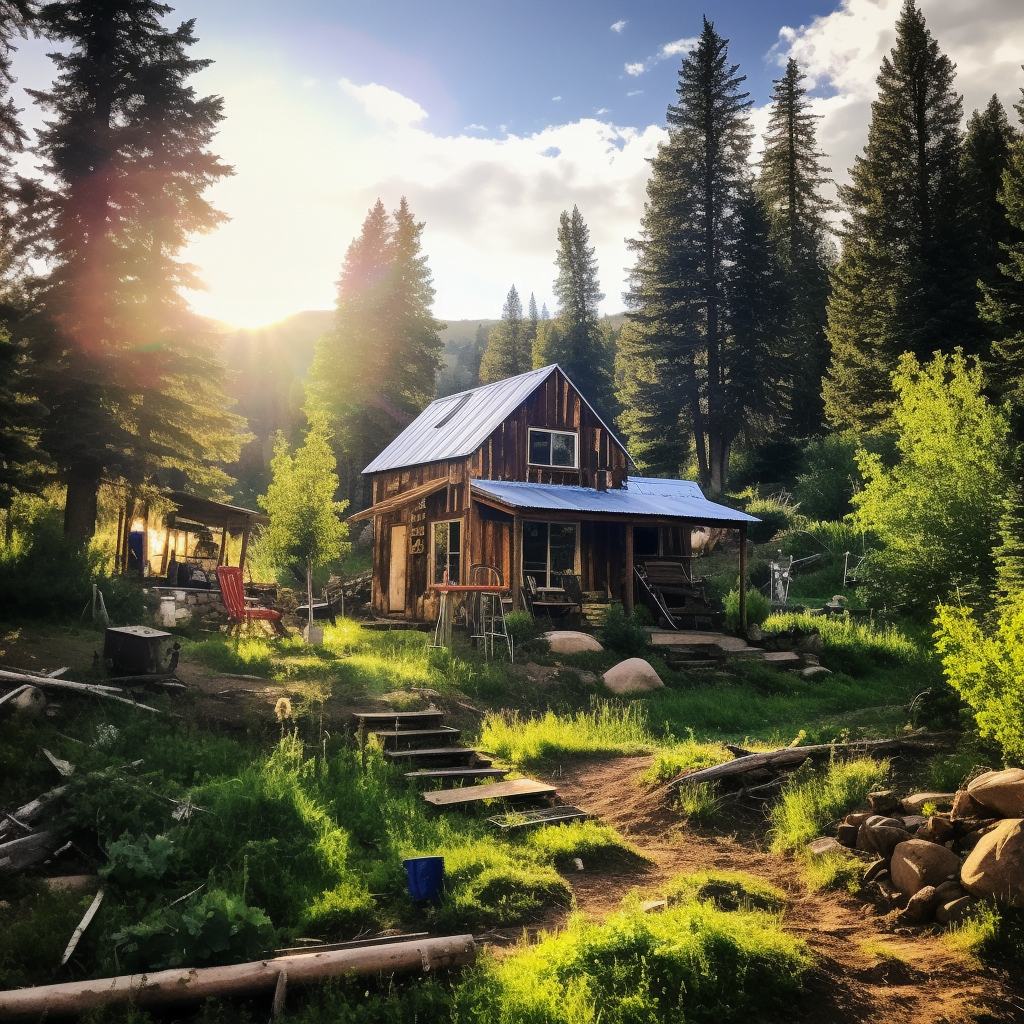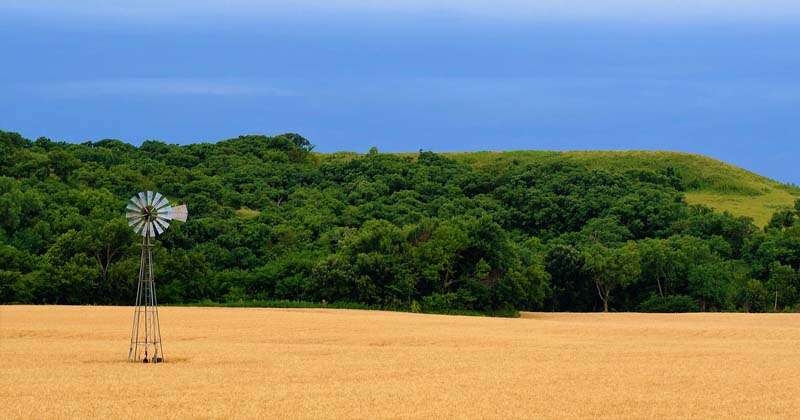Living off the grid may sound idyllic and romantic, but the reality of sourcing food without the convenience of grocery stores can be challenging. In this article, I will share the fascinating and ingenious ways that off-gridders manage to feed themselves in remote locations and off-the-grid communities. From self-sustaining gardens and livestock to foraging in the wild and preserving food for the long haul, these resourceful individuals have found innovative solutions to ensure their survival and nourishment in the midst of nature’s bounty. So, let’s journey into the world of off-grid living and explore the incredible ways these individuals source their sustenance.
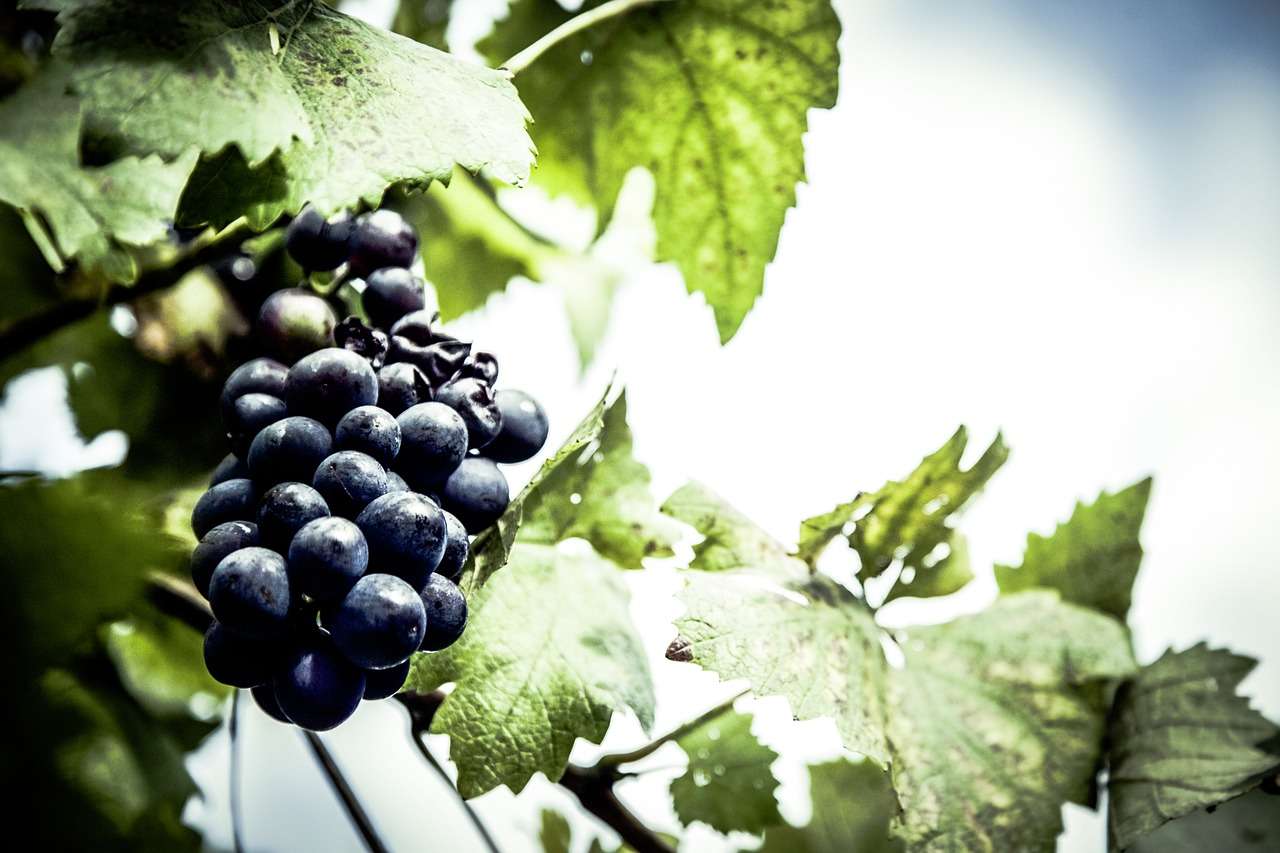
Foraging
First and foremost, foraging is a key skill that every off-gridder should possess. Knowing how to identify edible plants in the wild can provide a valuable source of food when resources are scarce. It’s important to familiarize yourself with local flora and fauna, as certain plants may be specific to your region.
Identifying edible plants
When it comes to identifying edible plants, it’s crucial to exercise caution and do thorough research. Many plants have look-alikes that can be poisonous, so it’s important to be absolutely certain before consuming anything. Guidebooks and online resources can be invaluable in helping you identify edible plants in your area. Start by studying commonly foraged foods such as wild berries, edible mushrooms, and edible greens like dandelion and purslane.
Harvesting techniques
Once you’ve identified edible plants, mastering the art of proper harvesting is essential. When foraging, it’s important to be mindful of sustainability and not overharvest any particular species. Only take what you need and leave enough for the plant to regenerate. Additionally, remember to bring appropriate tools like gloves, scissors, or a digging implement to ensure a clean and safe harvest.
Preserving foraged food
Preserving foraged food is crucial to maximize its shelf life and ensure a steady supply. There are several preservation techniques to consider, including drying, canning, and fermenting. Drying herbs and wild mushrooms can be done simply by hanging them in a well-ventilated area or using a food dehydrator. Canning involves sealing food in jars with a liquid medium, such as vinegar or brine, while fermenting utilizes the natural bacteria present to create a delicious transformation. These methods not only prolong the life of foraged food but also provide a nutritious and flavorful addition to your off-grid pantry.
Gardening
Growing your own food is another vital aspect of being self-sufficient off the grid. Gardening allows you to have direct control over the quality and variety of the produce you consume, and it provides a sense of satisfaction and connection with nature.
Choosing suitable crops
When it comes to choosing suitable crops for your off-grid garden, consider factors such as climate, soil type, and available space. Research and select crops that are well-adapted to your specific growing conditions. Hardy vegetables like tomatoes, peppers, cucumbers, and kale are excellent choices for many regions. Additionally, consider planting perennial fruits and vegetables like strawberries, rhubarb, and asparagus to ensure a reliable food source year after year.
Creating and maintaining gardens
Creating and maintaining a successful off-grid garden requires careful planning and dedication. Start by preparing the soil, removing any weeds or debris, and adding organic matter like compost or mulch. This will help improve soil fertility and structure, allowing plants to thrive. Regular watering, weeding, and pest control are essential tasks to ensure healthy plant growth. Additionally, consider using companion planting techniques to maximize yields and naturally deter pests.
Composting and soil enrichment
Composting is a vital practice in off-grid gardening as it helps reduce waste and provides a nutrient-rich soil amendment. Utilize kitchen scraps, yard waste, and other organic materials to create a compost pile or bin. Aim for a balanced mix of “green” (nitrogen-rich) and “brown” (carbon-rich) materials to encourage decomposition. Regularly turn the pile to ensure proper aeration and moisture levels. Once fully decomposed, use the resulting compost to enrich your garden soil, promoting healthy plant growth and minimizing the need for synthetic fertilizers.
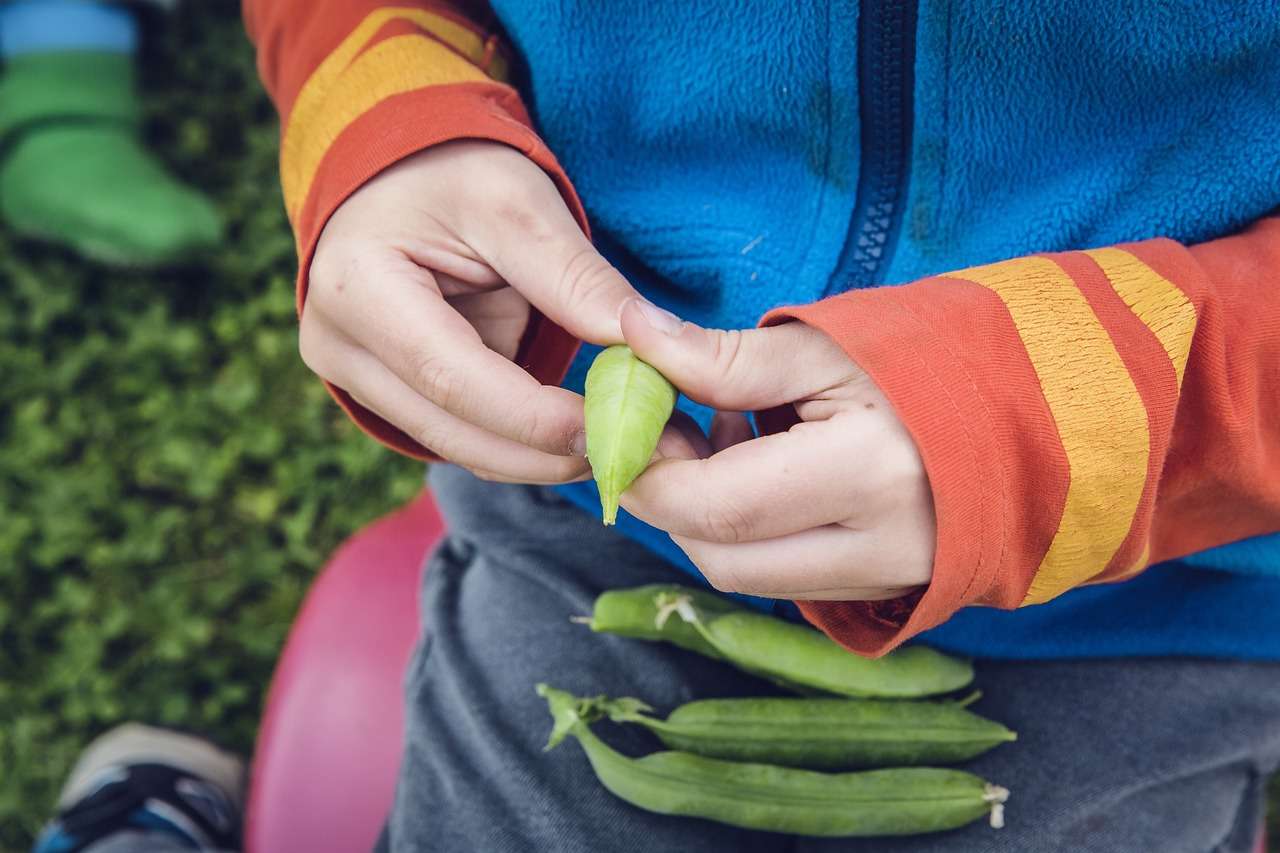
Livestock
Raising livestock on an off-grid homestead provides a sustainable source of food and other valuable resources. From eggs and meat to milk and fur, livestock can play a vital role in the self-sufficiency equation.
Raising chickens for eggs and meat
Chickens are a popular choice for off-gridders due to their versatility and relatively low maintenance requirements. They provide a renewable source of eggs and meat while also contributing to pest control by consuming insects and weeds. Proper shelter, food, and water are essential for raising chickens, as is regular cleaning of their coop to maintain hygiene. Research different breeds to find ones that are well-suited to your climate and personal needs.
Keeping goats for milk and cheese
Goats are an excellent livestock option for those interested in dairy production. They are hardy animals that can adapt to a variety of climates and terrains. Kept primarily for milk and cheese production, goats also offer the advantage of providing fertilizer for the garden. They do require adequate fencing and shelter, as well as proper feeding and regular veterinary care. Consider the different breeds available and choose one that aligns with your milk and cheese preferences.
Caring for rabbits for meat and fur
Rabbits are a compact and efficient source of meat and fur. They require minimal space and can be raised in a variety of environments, making them an ideal livestock choice for off-gridders with limited resources. Rabbits are prolific breeders, with short gestation periods and quick maturity rates. This allows for a relatively rapid production of meat. Additionally, their fur can be utilized for various crafts and projects. Provide them with suitable housing, a balanced diet, and regular health checks to ensure their well-being.
Hunting and Fishing
For those living off the grid, hunting and fishing can provide a direct and sustainable source of protein. However, it’s important to approach these activities responsibly and within the regulations set forth by your local authorities.
Hunting techniques and regulations
Before engaging in hunting, it’s crucial to familiarize yourself with the rules and regulations governing the sport in your area. Obtain the necessary licenses and tags, and educate yourself about bag limits, seasons, and allowable methods. Learn ethical hunting practices, including shooting within a reasonable range and making clean kills. Proper field dressing and meat handling techniques are also important to ensure the safety and quality of the harvested game.
Fishing methods
Fishing is another valuable skill for off-gridders, as it can provide a consistent source of fresh protein. Research the fishing regulations specific to your area and obtain the appropriate licenses. Learn various fishing techniques such as angling, netting, and trapping to maximize your chances of success. It’s also important to understand and practice catch-and-release principles to help conserve fish populations for future generations.
Processing and storing game and fish
Once you have successfully hunted or caught fish, proper processing and storage techniques are crucial to maintain food safety and quality. Field dress game animals as soon as possible to prevent spoilage and cool the carcass rapidly. For fish, remove the entrails and clean them thoroughly. Both game meat and fish can be frozen, canned, smoked, or dried to extend their shelf life. Pay close attention to hygiene practices during processing and utilize appropriate storage methods to prevent spoilage and maintain taste and texture.
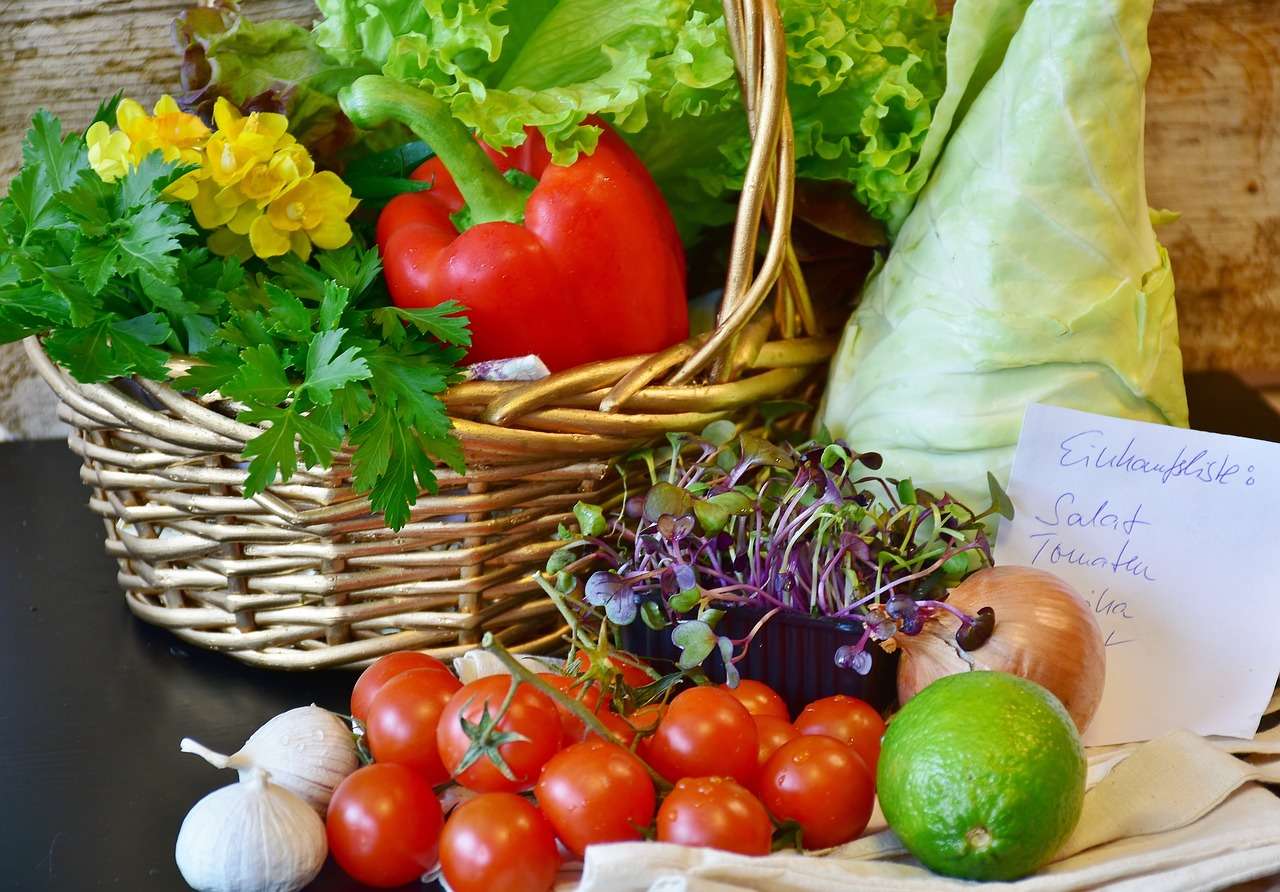
Canning and Preserving
Canning and preserving food is a time-tested method of extending the shelf life of perishable items. It allows off-gridders to enjoy the bounties of their gardens and foraging efforts throughout the year.
Benefits of canning and preserving
Canning and preserving offer numerous benefits to off-grid living. By canning foods, you can store them at room temperature without relying on refrigeration or freezing. This saves valuable energy resources and reduces dependency on external systems. Additionally, canning and preserving allow you to enjoy homegrown and foraged food during months when fresh produce is scarce or expensive.
Essential tools and equipment
To get started with canning and preserving, there are a few essential tools and equipment items you’ll need. These include:
- Jars: Choose high-quality glass jars with matching lids and bands. Ensure they are free from cracks or chips.
- Canner: A large pot with a lid and a rack to hold the jars during processing. A pressure canner may be required for low-acid foods.
- Utensils: You’ll need a jar lifter, lid lifter, funnel, and bubble remover tool to handle and prepare jars.
- Thermometer: An accurate food thermometer is necessary to ensure proper heat penetration during processing.
- Ingredients: Stock up on canning-specific supplies such as canning salt, vinegar, sugar, and pectin for jams and jellies.
Step-by-step canning process
The canning process involves several steps to ensure food safety and longevity.
- Prepare the ingredients: Clean and chop vegetables or fruits for canning, ensuring they are at their peak ripeness.
- Sterilize the jars: Place the jars and lids in boiling water or run them through a dishwasher cycle to sterilize.
- Fill the jars: Pack the prepared food into the jars, leaving appropriate headspace as per the recipe guidelines.
- Seal the jars: Wipe the jar rims to remove any food residue, place the sterilized lids on top, and screw on the bands.
- Process the jars: Place the filled jars in the canner, ensuring they are fully submerged. Follow the recipe instructions for processing time and method (water bath or pressure canning).
- Cool and store: Once the processing time is complete, carefully remove the jars from the canner and allow them to cool. The lids should pop down, indicating a proper seal. Store the jars in a cool, dark place and label them with the contents and date.
Drying and Dehydrating
Drying and dehydrating is a popular off-grid food preservation technique that removes moisture from food, prolonging its shelf life while intensifying flavors.
Benefits of drying and dehydrating food
Drying and dehydrating food offer several advantages for off-gridders. Firstly, removing moisture inhibits the growth of bacteria and molds, reducing the risk of spoilage. Secondly, dried foods are lightweight and compact, making them easy to store and transport. Lastly, the concentration of flavors often intensifies during the drying process, resulting in delicious, concentrated snacks or ingredients.
Different drying methods
There are various methods of drying food, depending on the available resources and personal preference.
- Sun drying: The most traditional method, sun drying requires hot and dry weather to rapidly extract moisture from produce.
- Air drying: Suitable for herbs and lightweight fruits, air drying involves hanging or spreading the food in a well-ventilated area.
- Oven drying: Utilize a low-temperature setting in the oven to slowly remove moisture from sliced or chopped food.
- Dehydrator drying: A food dehydrator provides precise temperature control and airflow, making it an efficient option for drying a wide range of foods.
Storing and rehydrating dried foods
Once your food is thoroughly dried, it’s essential to store it properly to maintain its quality. Ensure the food has cooled completely before storing it in airtight containers, glass jars, or vacuum-sealed bags. Keep the containers in a cool, dark, and dry place to preserve the flavors and nutrients of the dried foods. When you’re ready to use them, rehydrate dried fruits and vegetables by soaking them in water or adding them directly to stews, soups, or baked goods.

Root Cellaring
Root cellaring is an age-old technique used to store root crops and other produce in a cool, humid environment. It allows off-gridders to preserve fresh food without the need for electricity or other modern conveniences.
Understanding root cellaring
A root cellar is a natural or man-made storage area with controlled temperature, humidity, and ventilation. It provides an ideal environment for the long-term storage of root crops, such as potatoes, carrots, beets, and onions. The cool temperature helps slow down the decaying process, while the humidity prevents excessive moisture loss or drying out.
Root crops suitable for storage
Root crops are traditionally associated with root cellaring, as they have a natural resistance to spoiling and often last longer in cool, dark conditions. Some common root crops suitable for root cellaring include:
- Potatoes: A staple food for many, potatoes can be stored for several months in a root cellar if kept away from light and moisture.
- Carrots: Harvested carrots retain their freshness and sweetness for extended periods in a root cellar. Remove their greens before storage.
- Beets: Beets can be stored in a root cellar after removing the leafy tops. Ensure they are not touching one another to prevent rotting.
- Onions: Onions prefer a slightly cooler and drier environment, making a root cellar an excellent option for their long-term storage.
Building and managing a root cellar
Building a root cellar can be as simple as repurposing a dark and well-insulated basement or constructing an underground storage area. Key considerations include proper insulation, ventilation, and humidity control. An effective root cellar should maintain a temperature range between 32 to 40 degrees Fahrenheit (0 to 4 degrees Celsius) and a humidity level of around 90%. Regular inspection and monitoring of stored produce are necessary to identify any signs of spoilage or deterioration.
Aquaponics
Aquaponics is a sustainable and integrated system that combines aquaculture (fish farming) and hydroponics (growing plants without soil). It offers off-gridders a means to cultivate both fish and plants in a closed-loop, symbiotic environment.
Principles of aquaponics
In an aquaponic system, fish waste provides nutrients for the plants, while the plants act as a natural filter, cleaning the water for the fish. The water is continuously circulated through the system, creating a mutually beneficial relationship. This reduces water usage and eliminates the need for chemical fertilizers and pesticides.
Setting up and maintaining an aquaponic system
To set up an aquaponic system, you’ll need a fish tank, grow beds, and a pump to circulate water. Begin by establishing the fish tank and introducing suitable fish species, such as tilapia or trout. The fish waste will accumulate and provide nitrogen-rich water for the plants. The water is then pumped into the grow beds, where plants are grown hydroponically. The plants absorb the nutrients and filter the water, which is then returned to the fish tank. Regular maintenance, such as monitoring water quality and ensuring proper nutrient levels, is necessary to keep the system running smoothly.
Choosing compatible fish and plants
When selecting fish and plants for your aquaponic system, it’s essential to consider compatibility. Certain fish species, such as tilapia, thrive in aquaponic environments due to their adaptability and willingness to consume commercial fish feed. As for plants, leafy greens like lettuce, spinach, and herbs are popular choices due to their rapid growth and nutrient requirements. However, it’s important to research and select species that are well-suited to your specific setup and local climate.
Community Sharing
Being part of a supportive community can greatly enhance the off-grid experience. Sharing resources, skills, and knowledge with neighbors can foster a sense of camaraderie and help everyone thrive.
Bartering and trading with neighbors
Bartering and trading with neighbors are excellent ways to exchange surplus goods or services. If you have excess produce from your garden or livestock, consider swapping it for other items you need. For instance, you could trade fresh eggs for homemade soap, or exchange surplus honey for firewood. These mutually beneficial arrangements not only help build stronger bonds within the community but also provide opportunities to diversify your resources.
Joining food co-ops or community gardens
Food cooperatives and community gardens provide off-gridders with the chance to collaborate with like-minded individuals, pooling resources and skills to create a thriving food-producing community. Joining a food co-op allows for bulk purchasing of seeds, grains, or other essentials, reducing costs and ensuring a diverse food supply. Community gardens provide spaces for individuals to grow their own food, with shared knowledge and physical support from fellow gardeners.
Sharing skills and resources
Off-gridders often possess a wide range of skills and knowledge that can be shared with others in the community. From preserving techniques to animal husbandry practices, everyone has something valuable to contribute. Consider organizing workshops or skill-sharing sessions where individuals can teach and learn from one another. This not only fosters a sense of resilience and self-sufficiency but also creates a strong support system within the off-grid community.
Food Preservation Techniques
In addition to canning, drying, and root cellaring, there are various other food preservation techniques off-gridders can utilize to ensure a well-stocked pantry.
Pickling and fermenting
Pickling and fermenting are popular preservation methods that can transform fresh produce into flavorful and probiotic-rich additions to your off-grid diet. Pickling involves immersing fruits or vegetables in a vinegar or brine solution, inhibiting the growth of spoilage-causing bacteria. Fermenting, on the other hand, utilizes beneficial bacteria to break down sugars and create lactic acid, preserving the food. Sauerkraut, kimchi, and pickles are classic examples of fermented or pickled foods.
Freezing foods
When you have an abundance of fresh produce, freezing is a convenient method to preserve their quality. Some fruits and vegetables can be frozen without prior blanching, while others benefit from a quick dip in boiling water to halt enzyme activity. Proper packaging and labeling are essential to prevent freezer burn and ensure efficient space utilization. Freezing retains the nutritional value of the food and allows for longer storage times compared to other preservation methods.
Smoking and curing meats
If you’re raising livestock for meat, smoking and curing can help extend their shelf life and enhance flavor. Smoking involves exposing meat to smoke from burning wood, imparting a smoky flavor while also acting as a natural antimicrobial agent. Curing, on the other hand, involves adding salt, sugar, and sometimes nitrates or nitrites to inhibit bacterial growth and preserve the meat. These processes require specific equipment and careful adherence to safety guidelines, but they yield delicious and long-lasting meat products.
In conclusion, off-gridders source their food through a combination of foraging, gardening, raising livestock, hunting and fishing, preservation techniques, community sharing, and more. By mastering these skills and adopting sustainable practices, off-gridders can lead self-sufficient and fulfilling lives, no longer dependent on external food systems. Whether it’s identifying edible plants in the wild or constructing an aquaponic system, each aspect of food sourcing enhances self-reliance and resilience in an off-grid lifestyle.



